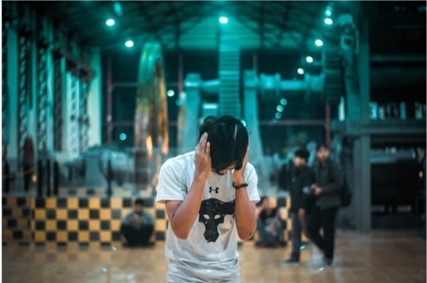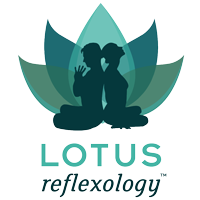When we refer to sensory processing we are talking about different levels of sensitivity. Some individuals with Autism are hypersensitive (over sensitive) to some things and hyposensitive (under sensitive) to other things. This is what is known as a sensory processing disorder and any range of the senses can be affected.
Individuals who suffer particularly from hypersensitivity will often go to great lengths to avoid the things they find unpleasant. Classic examples are babies who do not enjoy being held. This can be profoundly distressing for the parents. They can go stiff as a coping mechanism. As they grow older the children may prefer to initiate hugs, as they prefer not to be taken by surprise. These children may prefer to use things like ear protectors to block out noise, gloves to reduce unpleasant touch sensations and avoiding certain fabrics.
Individuals who are described as hyposensitive are under sensitive to certain types of sensory information and may actively seek out such sensations. They may prefer loud noises and strongly flavoured food for example. There is a dangerous element to this, as they may not notice pain in the appropriate way, and may be more prone to burns and injuries.
The sensory processing disorder is caused because the nervous system has difficulty in receiving, filtering and using sensory information. This can make them very sensitive to some senses and find things that other people wouldn’t give much thought to fascinating or distracting.
It is essential to be always aware that there may be things in the environment that an Autistic person might find distressing due to difficulties with sensory processing. Understanding this and adapting the environment slightly can be all that is needed to help an individual engage more fully in a school or work situation. These situations can cause such distress that they can trigger behaviours that challenge and can make it impossible for the individual to engage calmly. At this point it is advisable to think outside our own experience and ask questions about the environment.
Could the noise level be perceived as unbearable?
Is the lighting harsh?
Is there a strong smell (such as a cleaning chemical)?
Could the level of activity be causing distress?
Sometimes all it takes is a minor change to make an environment accessible.
One of the questions I am asking in my work with Autistic children and teenagers and Reflexology, is why are they able to engage with me? Some are clearly hypersensitive because they make it obvious if they don’t like the lighting, or a change I have made to my clinic. And yet, the same children are quite happy to interrupt the treatment to crawl onto my lap for a cuddle. I’ve done my best to create a low arousal environment, but it is impossible to get it right for every singe individual.
If you would like to know more about the Potential Project, please have a look at my other blogs, and feel free to contact me.
Photo credit : chairfulfajar (Unsplash)

